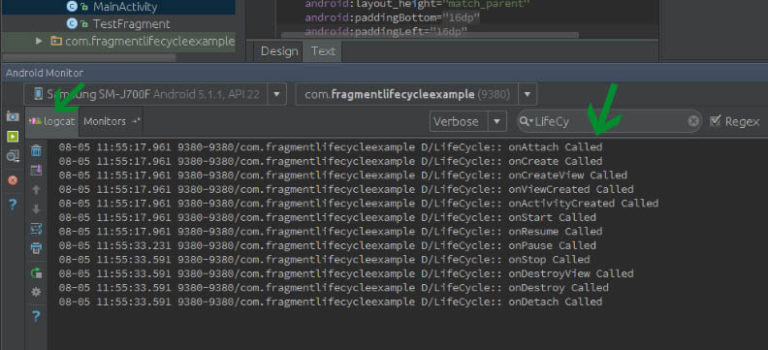
You can find the system image provided by Google here and the instructions to install and configure it are here. #ProjectDIVA: Android Things 0.8.1 getting started! This section of the article is outdated! I wrote the following new articles: 2: Raspberry Pi I/O description ( source) If you want the vector graphic, please leave a comment, or write me.įig. I used the pinout description and the Raspberry Pi schematic figures from Google (Thanks!) and adapted them to describe my connection! I made the rf24l01+ figure. The IRQ pin is not needed and though not connected and the VCC pin should be connected to 3.3V not 5V!. The pins MOSI, MISO, and CLK of the rf24l01+ module are connected to the respectively pins with the same function name on the Raspberry Pi (see Table 1). That means, the fist TODO comes here! //TODO: allow to select the CE pin using the rf24 constructor If you choose another pin (because of you board design, etc.), you have to modify the function getGPIOce() included in the class BoardDefaults. The CE pin can be connected to different I/O pins of the raspberry Pi, in this case I selected the BCM22 (or PIN 15). Rf24 radio = new rf24(_cepin, _cspin, _spi_speed) This selection can be made using the following code (constructor of the class rf24): _cspin = 1 /* -> SS1 */ Another possibility is to connect the SS0 (chip select 0) - "SPI0.0"- which is indicated with the dotted green line -see Fig. The SS1 (chip select 1) - "SPI0.1"- is connected to the CSN pin of the rf24l01+ (green solid line - see Fig.

The rPi SPI0unit allows the communication with the rf24l01+ module. Things used in this project Hardware components I thought of rewriting RF24Gateway and RF24Ethernet (both from TMRh20, btw all great developments!), but may be some time in the next weeks! #ProjectDIVA is big! so, I need some more time to cleanup code! They are based on Texas Instruments Launchpads. I will be also uploading the codes for the node slaves (sensors) that I am using.


Please leave a comment, share and/or like! If you find this article interesting, or if you find mistakes (grammar and spelling count too! ), Some screenshots and videos are also available. In this post you will find some explanations about Android Things (installing, connecting, debugging, speed, etc.), the wiring of the complete 'thing', the Java code, the modifications that I added, and so on. I think this can also work with NXP Pico i.MX6UL and Intel® Edison with minor modifications (especially in the BoardDefaults file). This time I didn't write a library because I thought it was better to upload an Android project that can be opened with Android Studio (>2.2.3) and directly started on the Raspberry Pi. I've just uploaded the Java codes for the rf24, rf24Network and rf24Mesh that work with Android Things.


 0 kommentar(er)
0 kommentar(er)
